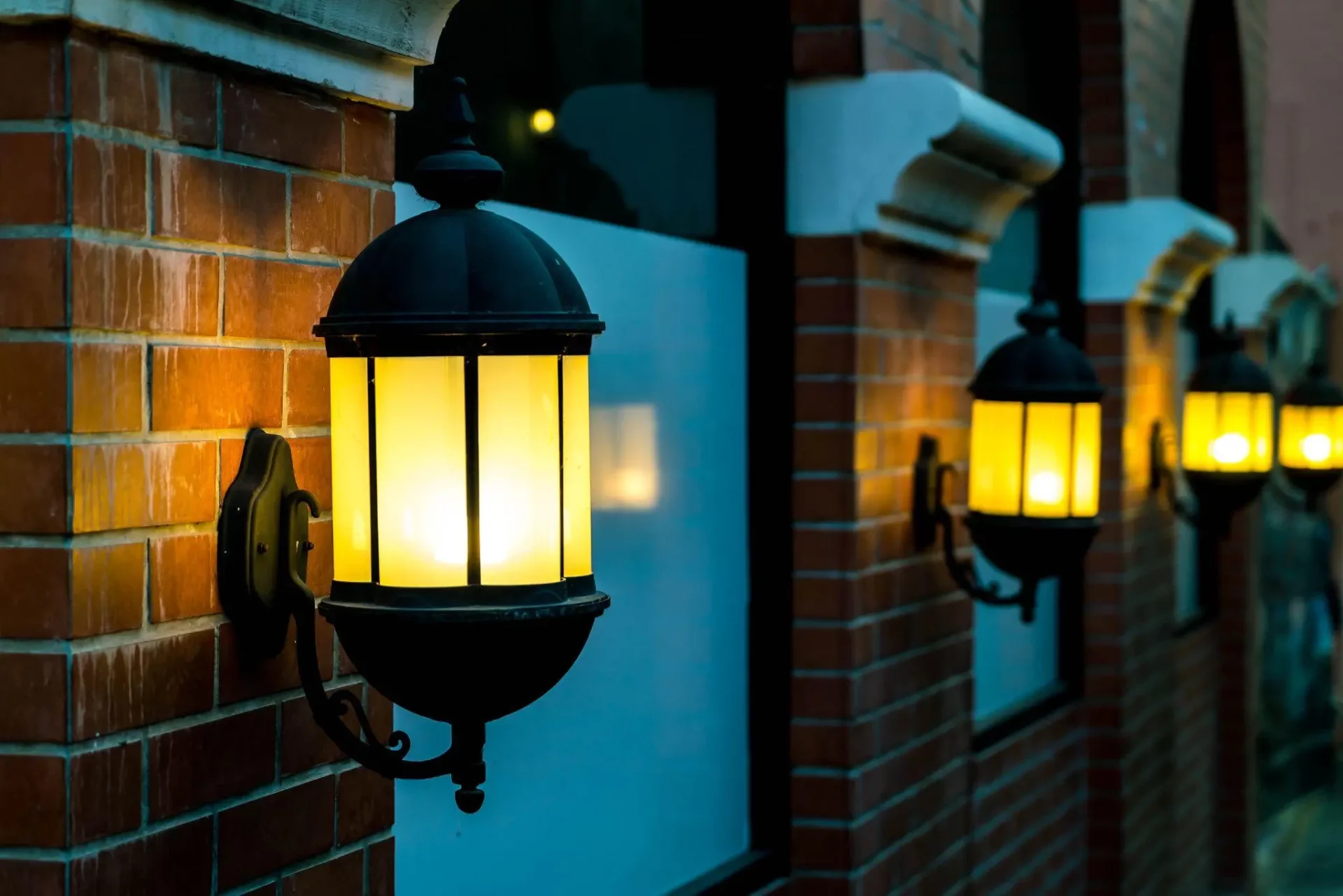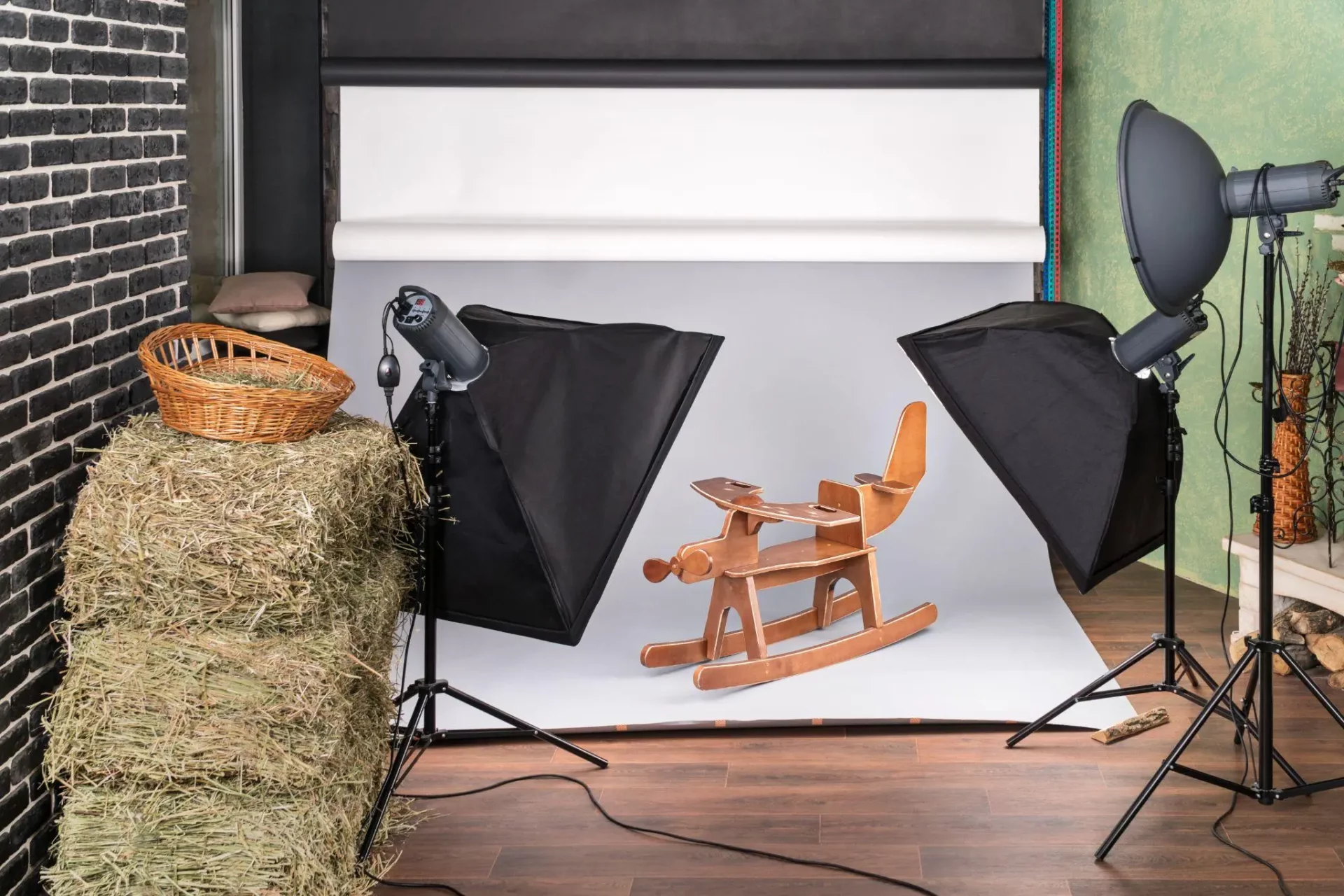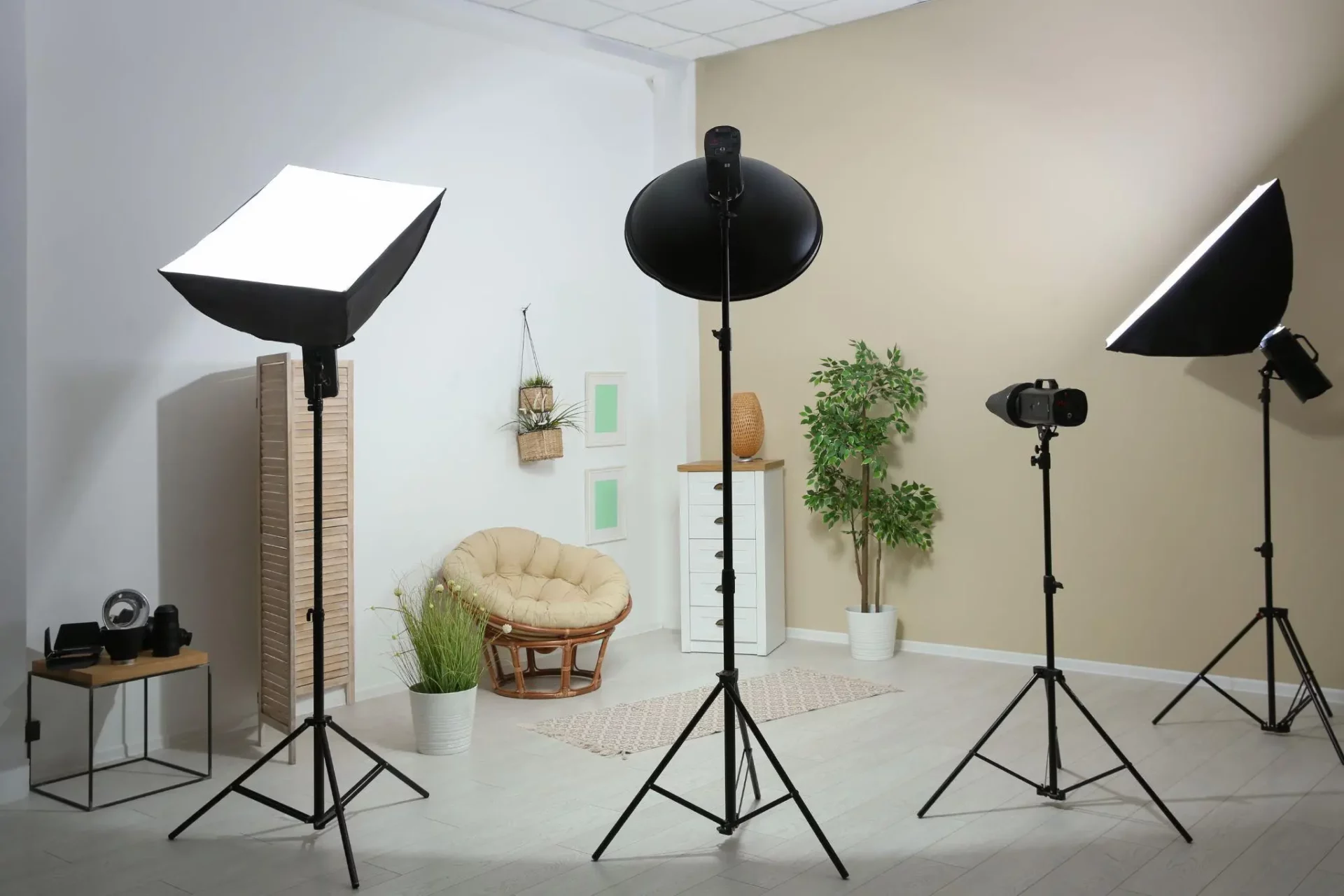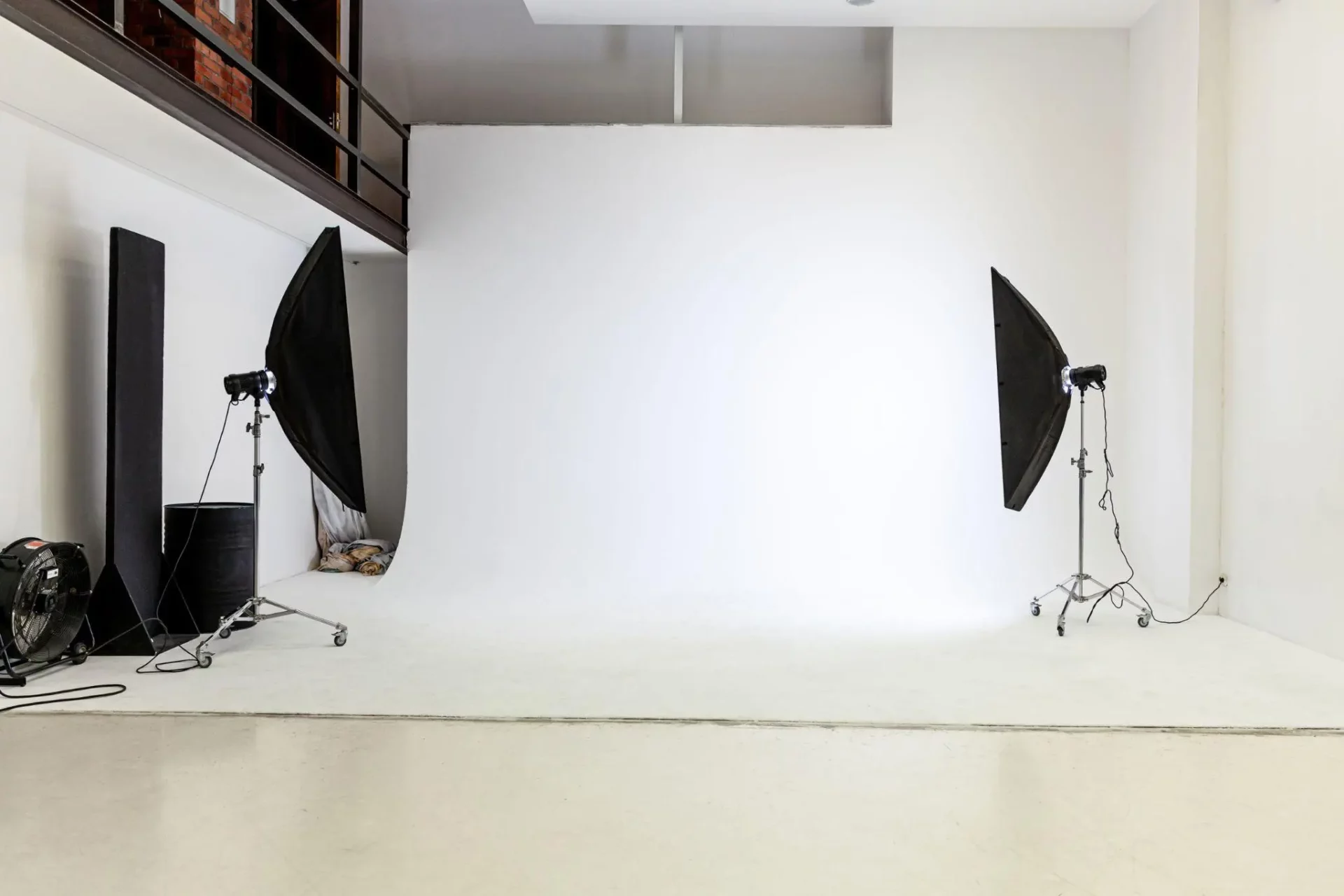A light meter is an essential tool in photography used to measure the intensity of light in a scene. It plays a crucial role in helping photographers determine the optimal exposure settings for their cameras, ensuring that their images are sufficiently light and bright. There are two primary types of light meters: in-camera meters, which are built into most modern cameras, and handheld light meters, which are separate devices that offer more precise readings and are favored in professional photography.

Understanding how to use a light meter involves knowing the relationship between ISO, aperture, and shutter speed—the three pillars of exposure. A photographer adjusts these settings based on the light meter’s reading to achieve the desired exposure. The process starts by setting the camera to a specific ISO value and choosing an aperture based on the artistic intent, such as a blurred background for portraits or a sharp scene for landscapes. The light meter then provides the information necessary to set the correct shutter speed to capture the image as intended.
Handheld light meters often provide more control and accuracy, especially in challenging lighting conditions. They can measure light in different ways, such as incident light, which is the light falling on the subject, or reflected light, which bounces off the subject and back to the camera. By accounting for the nuances of light within a given scene, photographers can use handheld light meters to fine-tune their exposure settings, capturing photos with the right balance of light and shadow to convey the intended mood and detail.
A light meter is pivotal for photographers aiming to achieve the correct image exposure. It gauges the light intensity, enabling the precise adjustment of camera settings.
Photography mainly uses two kinds of light meters: incident and reflective.
Each type serves different shooting conditions and purposes, influencing the choice based on the photographer’s specific needs.

The exposure triangle consists of ISO, aperture, and shutter speed — pivotal factors that a light meter helps to balance for proper exposure.
A light meter offers readings that guide adjustments to these settings, ensuring the resulting photograph is neither too dark (underexposed) nor too bright (overexposed).
A light meter is an essential tool for photographers to measure the intensity of light. It aids in acquiring the correct exposure for a photograph. Proper operation involves setting up the device and taking accurate readings.
To start using a light meter, ensure it has fresh batteries and is calibrated according to the manufacturer’s instructions. For digital meters, one should configure the settings:
The user must also decide if they are measuring incident light, which is the light falling on the subject, or reflected light, which is the light bouncing off the subject.
Once a photographer has obtained a light meter reading, they must know how to apply these measurements to achieve the desired exposure effectively. The following steps are crucial in transitioning from reading to application.

Photographers adjust their camera settings to match the light meter’s suggested values. These adjustments typically involve setting the ISO, aperture, and shutter speed.
Through these settings, a photographer balances the exposure triangle to reflect the meter’s evaluation of the scene’s lighting.
They carefully interpret the results to determine if adjustments are required. Two expected outcomes are:
Interpretation is subjective and depends on the photographer’s intent for the image, affecting how they utilize the meter’s data.
Mastering light metering in photography goes beyond the basic readings—it involves understanding the nuances of incident and reflected light and adapting to challenging lighting conditions.
Incident Light Metering: This method measures the light that falls directly onto the subject. Photographers position the incident light meter near the subject, ensuring it faces the camera’s direction. It is especially useful for portrait photography as it measures the light that illuminates the subject rather than the light reflected off of it, which can lead to more accurate exposures.
Reflected Light Metering: In contrast, reflected light metering evaluates the light bouncing off the subject and into the meter. This is the typical method used by in-camera metering systems. It’s important to note that reflective metering can be deceived by very light or dark surfaces within the frame, leading to under or over-exposed images.
Backlit Scenes: The photographer should take an incident light reading from the subject’s perspective, ensuring the metering device is not influenced by the intense light source behind the subject.
High Contrast Environments: Taking multiple readings from different areas of the scene may be necessary. One can then determine the best exposure setting to retain highlight and shadow detail by averaging these readings or deliberately exposing them for highlight or shadow according to the desired artistic effect.
By deploying these advanced techniques, photographers can harness incident and reflected light metering in various challenging conditions, ensuring their images are exposed just as they envision.

This section clarifies common inquiries about using light meters in photography. The reader will learn about operating procedures and best practices for obtaining accurate light measurements.
To take a reading with a light meter in photography, one typically adjusts the meter to the camera’s ISO setting, points the meter at the subject or area where the correct exposure is desired, and then presses the meter’s measurement button. The light meter will display the correct aperture and shutter speed settings for optimal exposure.
A light meter measures the intensity of light in a scene. The readings provided in EV (Exposure Value) or specific numerical values for aperture and shutter speed, indicate the settings required to achieve a standard exposure. A higher EV suggests more light, requiring a faster shutter speed or smaller aperture to avoid overexposure.
When using a light meter with a film camera, the photographer should first set the film’s ISO on the meter, then meter the scene from the subject’s perspective back to the camera. This ensures that highlights and shadows are accurately captured according to the film’s dynamic range.
For an accurate exposure reading, point the light meter’s sensor towards the light source or the camera from the subject’s position. This way, the meter evaluates the light falling on the subject, providing a more accurate reading for exposure settings.
A light meter can be used in landscape photography to measure different parts of a scene to determine optimal exposure settings. They can measure the sky and foreground separately, helping the photographer to make decisions about the need for graduated filters or HDR techniques to balance the exposure across the image.
For best results when using a light meter app on a smartphone, one should ensure the phone’s light sensor is unobstructed and calibrate the app if possible. It’s also recommended to compare the app’s readings with a traditional light meter or the camera’s built-in meter to ensure accuracy.